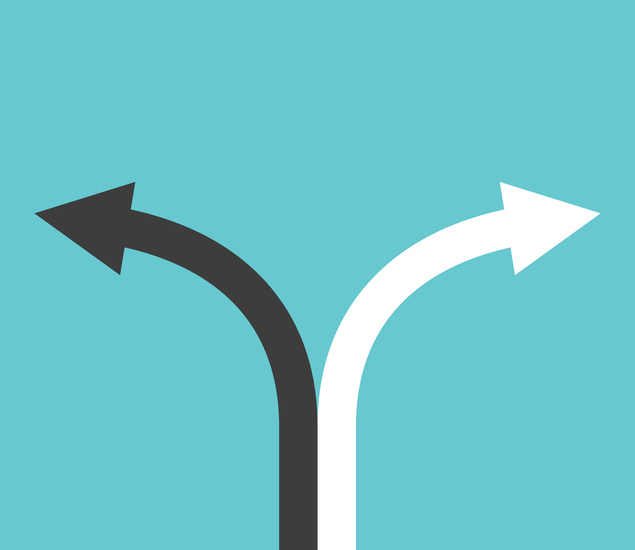Loans – it’s a pretty loaded word, especially when it comes to higher education financing. Though they all serve the same purpose – helping you pay for school – they can come from a variety of sources.
All students are encouraged to file the FAFSA, which will determine eligibility for financial aid. With this form, eligible students have the option to borrow from the federal government through a variety of their loan programs. And all students, regardless of their need, qualify for the unsubsidized Stafford loan.
But some students opt out of federal help; instead choosing private loans. So why is this?
Lower monthly payments. While federal student loans have a lower interest rate, private student loans actually have lower monthly payments. That’s because the terms on these loans are typically 20 or 25 years as opposed to the standard 10-year term of federal education loans. While this seems ideal for a recent college graduate, the reality is that borrowers will pay over four times the interest during the lifetime of the loan.
Marketing. Though banks are in the business of helping people achieve their dreams, they’re also in the business of making money. That’s why they offer a lot of upfront benefits to students to try and entice them to choose their institution as the student’s lender. For instance, some institutions will be able to advertise initial rates that are competitive with federal education loan rates, but those rates are not at all guaranteed to last the lifetime of the loan as is the case with federal student loans.
Bureaucracy and privacy. Federal education loans require families to file the FAFSA, thereby divulging all of their financial circumstances to the federal government. Some people can be very uncomfortable with this. Private loans are a lot less invasive and only the institution sees your information. Plus, the applications are a lot simpler to fill out than the FAFSA.
Eligibility and familiarity. Many middle and upper class families feel they won’t qualify for aid; therefore, they never file the FAFSA. However, the unsubsidized Stafford and PLUS loans are not contingent on need; families only need to fill out the FAFSA in order to qualify. Through these opportunities, they can take advantage of those lower interest rates. At the same time, families just feel more comfortable obtaining loans through the institution they’ve been banking with for years.
Unsatisfactory academic performance. Finally, some students may not have a choice if their GPA falls below 2.0. Once a student falls below this line, he or she is no longer eligible for federal financial aid. Instead, they have to rely solely on private student loans in order to finance their higher education.
Choosing a Student Loan: Public vs. Private

What drives students to choose private loans over federal -- and is it right for you?